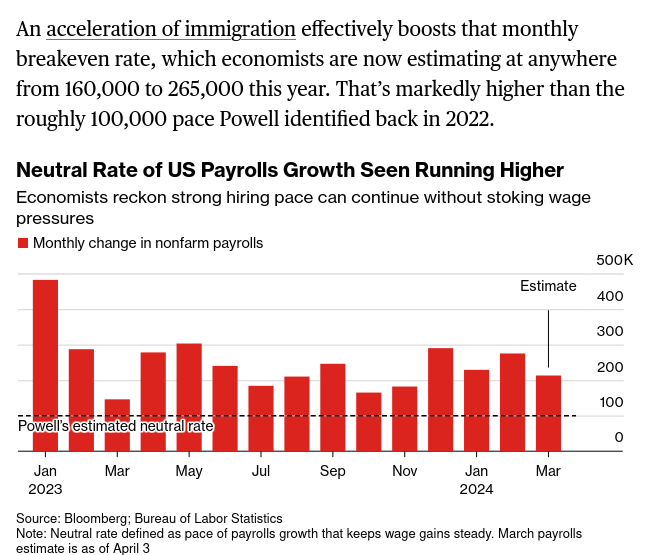May 6, 2024
Per-capita growth
Bloomberg News has an article on the population growth in the major industrialized countries. It has related this population growth to GDP and wondered incorrectly why governments thought such high immigration would drive per-capita GDP.
The answer that is not so obvious in the article is immigration was part of a suite of policies designed to increase unemployment and drive down wage growth.
As with increasing interest rates, economic policy makers sacrificed general wealth growth for profits.
During the period of high inflation, orthodox economics have clung to the rather ridiculous notion that wages are related directly to inflation through the Phillips Curve that was long abandoned for being incorrect.
But, it takes too long to drive a recession through monetary to ensure workers pay for price growth. This time other measures were used to cause the recession to happen in a different way and faster than previous attempts to control inflation through monetary policy alone.
The response to high wage growth that followed the rise in inflation was to use every tool in the policy basket to bring wage growth down.
- massive increase in immigration
- support for temporary foreign worker programs
- targeted training programs where there was unacceptable (to capital) "tightness" in the labour market
- interest rate hikes to drive zombie companies out of business
- supports for the implementation of automation to drive turbulence in the job market
- tightening the rules on receiving unemployment benefits.
- layoffs and forcing strikes for any wage gains in the public sector
- easing child labour laws
- profit subsidies to tech companies promising any productivity gains through automation (such as supports for AI)
- restricting the right to strike

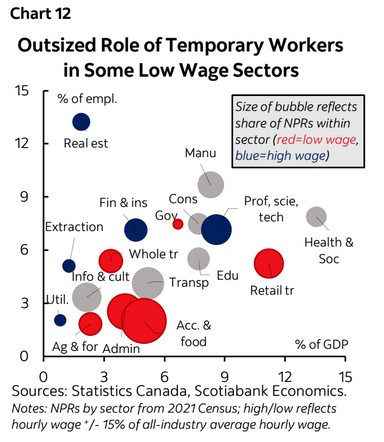
All these policies must be taken together as a single goal driven program: wage suppression.
The mini-crises that have resulted from this program such as limited access to affordable housing and healthcare (especially in the USA) are the results of these policies to get wages "under control". The stated confusion why the governments of the industrialized countries did not plan for the housing shortage when they opened the floodgates of immigration is that they did not care about the immigration, just the one thing increased high-skilled immigration would bring.
When immigration is used by capital, it is used as a weapon against workers' increased negotiating power. Pay increases are in competition with profits and tight labour markets mean you have to pay workers more to keep them in a competitive economy. One way to deal with this is to increase the reserve army of labour and the easiest way for industrialized countries to do that is to increase the immigration rate.
The impact of the immigration policies are clearly seen in the per-capita growth rates. The economies were growing (though at a low rate), but because of the level of immigration, there was a reduction in wealth across the working class population in most countries:
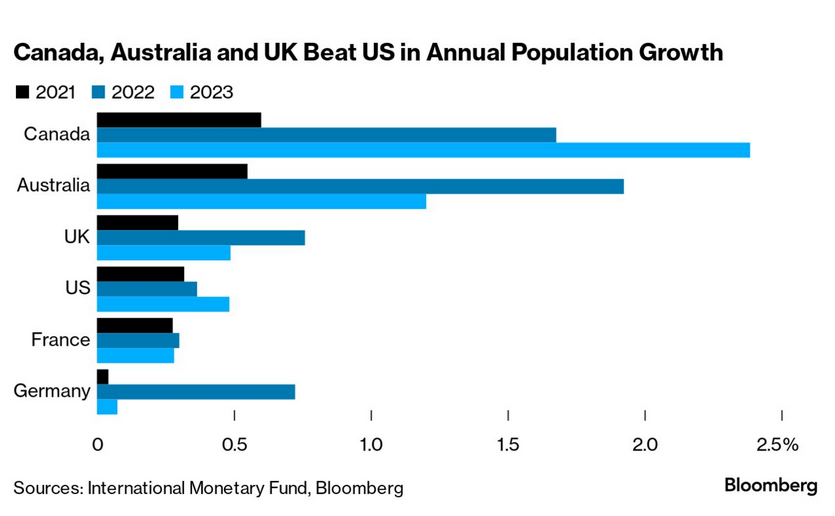
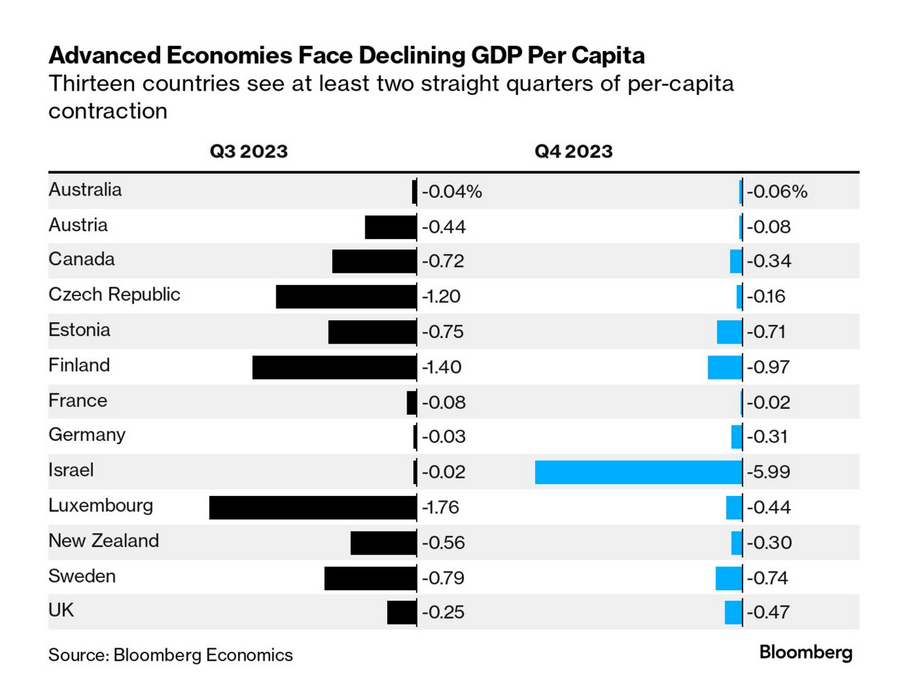
To highlight that immigration has certain effects that are negative is not a right wing analysis of "they took our jobs". Here, it is a critique of the anti-worker, anti-social right-wing policy program to bring-in workers at a rate where job competition was increased enough to affect wages and sustain profits.
The policy of increased immigration was quite clearly a response to capital complaining that they could not find workers to do the work at the wages that capital wanted to pay.
The left should make sure that we include this analysis when speaking to workers about the housing and immigration programs. The long-term impact of immigration will be increased production and in economies like Canada, there is a lot of immigration that can and should be welcomed. But, the move to rapidly increase the population without thinking about immigrants as people who have housing, social, and health needs is a long-time program of the right.
Did it work to bring inflation down? No.
- Housing costs have skyrocketed as the housing market that is of interest to lower-income working families is not the target for developers.
- Healthcare costs skyrocketed in the USA and doctor shortages got worse in socialized medical services.
- Prices for basic goods (including food) increased as supply chains had to respond to shifts in purchasing.
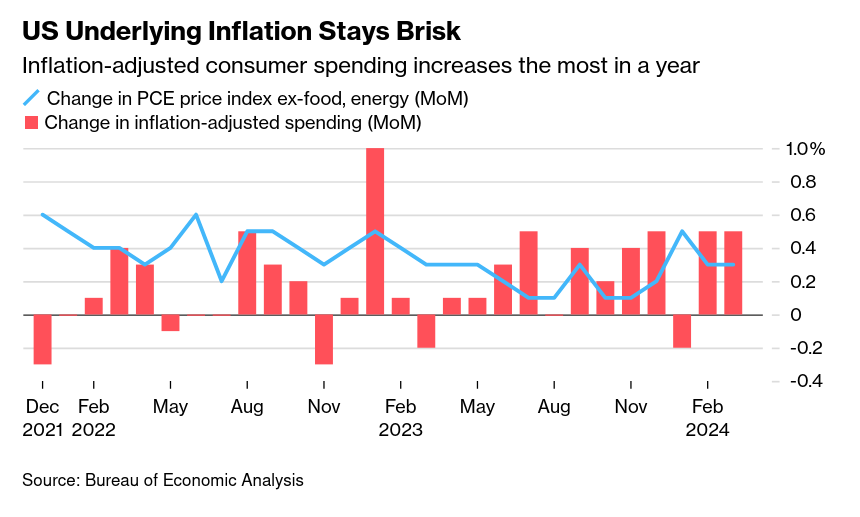
But, of course, affecting inflation was not the real point of the policy, it was to crush wage growth. And, it has done that.
It also worsened the labour productivity measures in Canada, helping drive the demand for more automation and increase profit subsidies to support that automation:

The backlash against immigration also resulted in changes to policy on immigration. Governments that opened the gates closed them as soon as the impact on wages was felt. Apologies were given and promises to have "smarter immigration programs" going forward.
But, the program was smart enough to shift the price burden of increased inflation to workers and kick the chair out from underneath the workers demanding wage growth at time of increased market power.
While it is clear that immigration is a plus for the economy in the long-run, the short-term rate of immigration and the "type" of worker targeted for immigration will impact the economy differently. And capital drove a very specific policy driving a very specific "type" into the country.
This is really just a reminder that there is planning in the economy, it just isn't planning to support the needs of working people.
